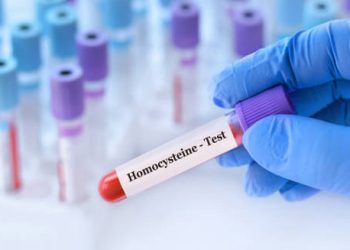Diagnosis of Epidermolysis Bullosa
The diagnosis of epidermolysis bullosa is based on clinical observation, family history, and specialist testing. Because epidermolysis bullosa is rare and mimics other skin conditions in early stages, diagnosis often requires input from dermatologists and genetic specialists.
Clinical Assessment
Doctors first examine:
The location, shape, and severity of blisters
How easily the skin peels or tears
Healing patterns (with or without scarring)
Nail, hair, and tooth abnormalities
History of blisters at birth or in infancy
A full family medical history is vital. If close relatives have EB or unexplained skin fragility, this raises suspicion of a genetic condition.
Skin Biopsy and Immunofluorescence Mapping
To confirm EB, doctors perform a skin biopsy. A small piece of affected skin is removed and tested in a laboratory to determine:
The layer of skin where blistering occurs
Which skin proteins are missing or abnormal
Immunofluorescence mapping (IFM) uses special dyes to highlight defective proteins under a microscope. This test helps classify EB into one of its main types: simplex, junctional, dystrophic, or Kindler syndrome.
Genetic Testing | Diagnosis of Epidermolysis Bullosa
Genetic testing identifies the exact mutation causing the condition. This confirms the diagnosis, predicts the severity, and helps with family planning. In developed countries, genetic testing is routine for EB patients and can even be done before birth in high-risk pregnancies.
However, in South Africa, public health facilities rarely offer genetic testing due to cost and limited access to genetic laboratories. Diagnosis in most cases relies on clinical examination and biopsy.
Prenatal and Carrier Testing
For families with a known history of EB, prenatal testing can detect the condition during pregnancy using procedures like chorionic villus sampling (CVS) or amniocentesis. Carrier screening helps parents understand their risk before conceiving.
Counselling is recommended for affected families to help them understand the diagnosis, inheritance pattern, and implications for future children.
Accurate diagnosis of epidermolysis bullosa ensures early intervention, correct classification, and better long-term management. It also allows families to access specialised resources and emotional support.
[Next: Treatment of Epidermolysis Bullosa →]


